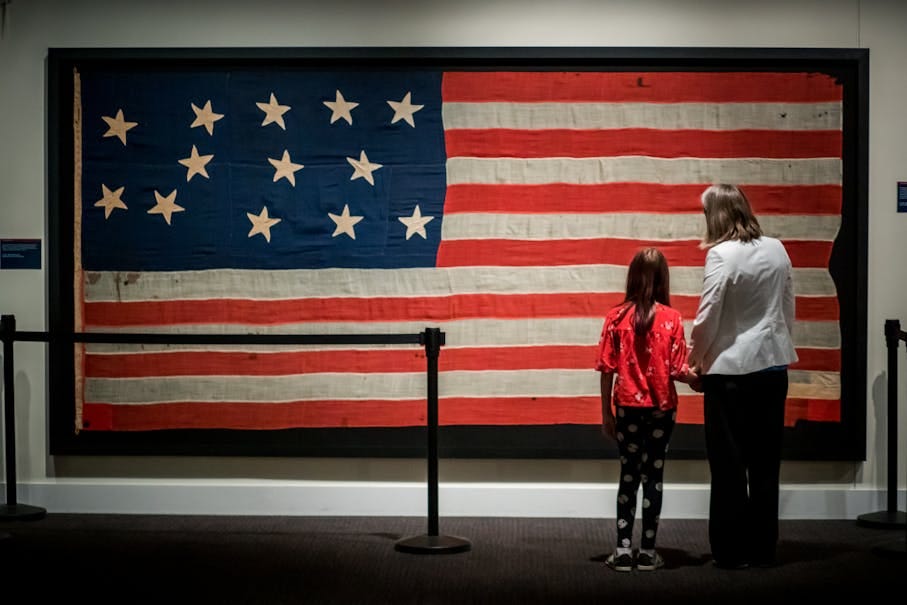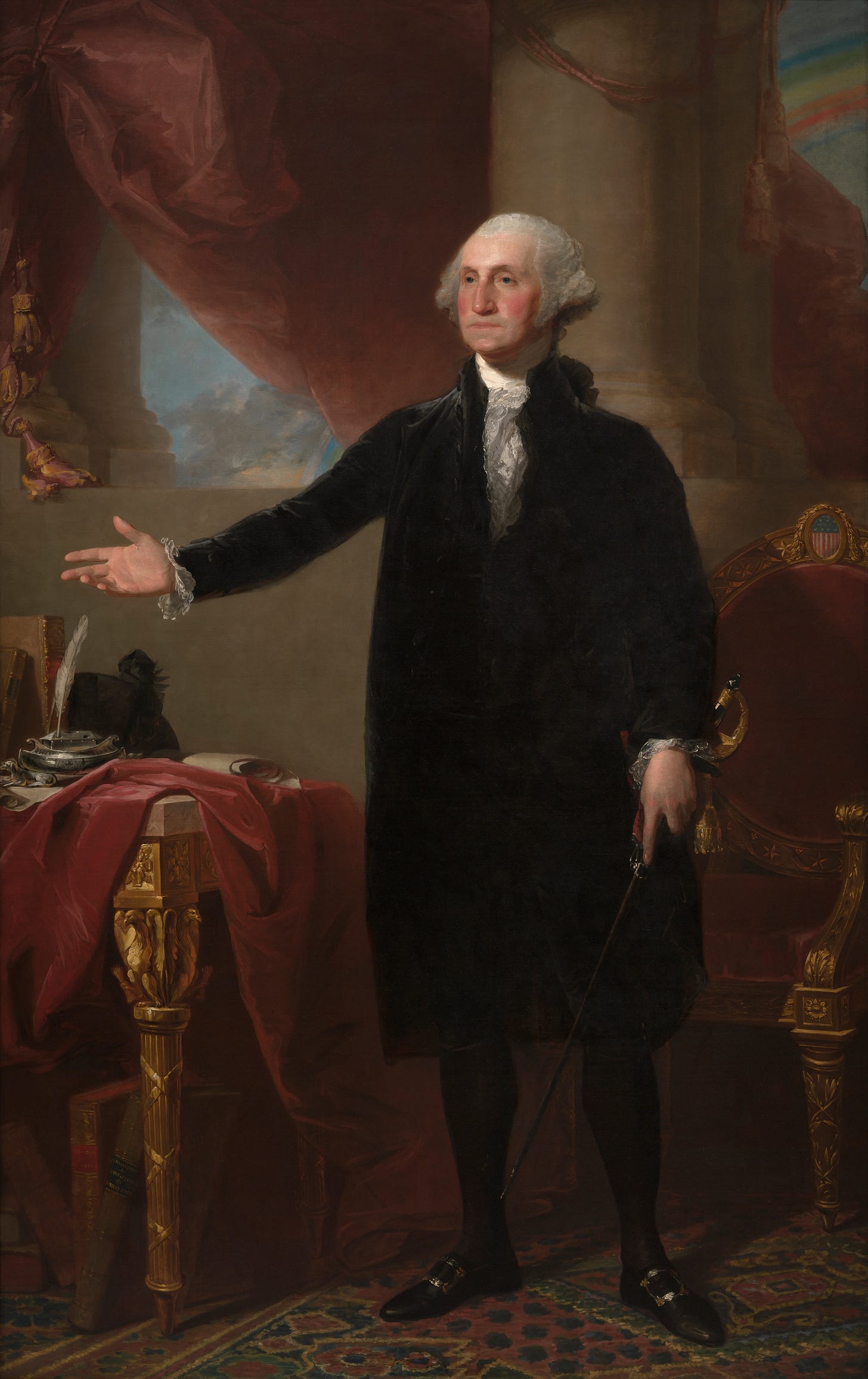Just enough heraldry
In celebration of Flag Day
On June 14, we celebrate a law, passed by Congress on June 14, 1777:
Resolved, That the flag of the thirteen United States be thirteen stripes, alternate red and white; that the union be thirteen stars, white in a blue field, representing a new constellation.
The second Flag Act, passed in 1794, increased the number of both stars and stripes to fifteen, to account for the new states of Vermont and Kentucky. The 1818 Flag Act allowed the number of stars to grow with the addition of new states but fixed the number of stripes at 13.
All three Flag Acts were vague, and multiple designs existed side-by-side. In a beautiful example of constitutional law at work, it fell to the executive branch to make vague laws actionable. President Howard Taft issued the first Executive Orders specifying a single design to be used by the whole country.

The Flag Acts were not written using a blazon, the traditional language of heraldry. Congress did use this special language when it adopted a US coast of arms in 1782:
The device for an armorial atchievement [sic] and reverse of the great seal for the United States in Congress assembled, is as follows:
ARMS. Paleways of thirteen pieces, argent and gules; a chief, azure; the escutcheon on the breast of the American eagle displayed proper, holding in his dexter talon an olive branch, and in his sinister a bundle of thirteen arrows, all proper, and in his beak a scroll, inscribed with this motto, "E pluribus Unum."
In plain English, that is: 13 vertical stripes, of white and red; and on top of that, a blue area; all of that in the form of a shield on the front of an eagle, in natural color, etc.

Heraldry blazons have an idiosyncratic and terse syntax. There are special words for each color. Common shapes have special names. The spatial organization of different pieces is implied by the syntactical order of the words or by other kinds of special term. For example, the blazon for the arms of George Washington’s family are:
Argent two bars Gules, in chief three mullets of the second
That is: overall silver, with two red horizontal stripes, and at the top, three stars of the second mentioned color (i.e., red). This was used as the design for the flag of the District of Columbia.

This design shows up in MANY few places, like the Purple Heart, the medal given by the US military to soldiers wounded in action.

Only the eagle-eyed, however, will be able to find these arms hidden in Stuart Gilbert’s famous Landsdowne portrait of Washington.

Happy Flag Day!

